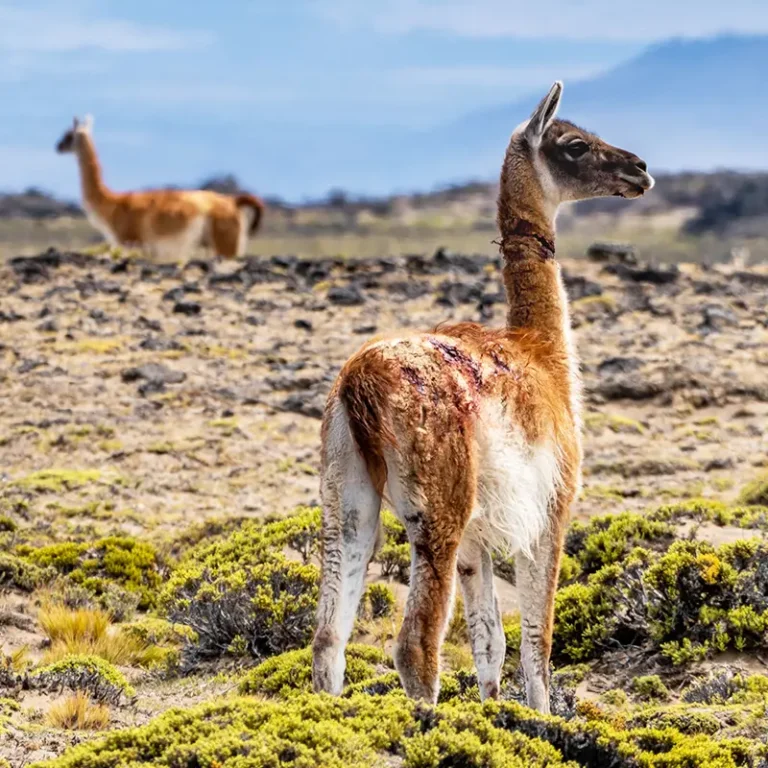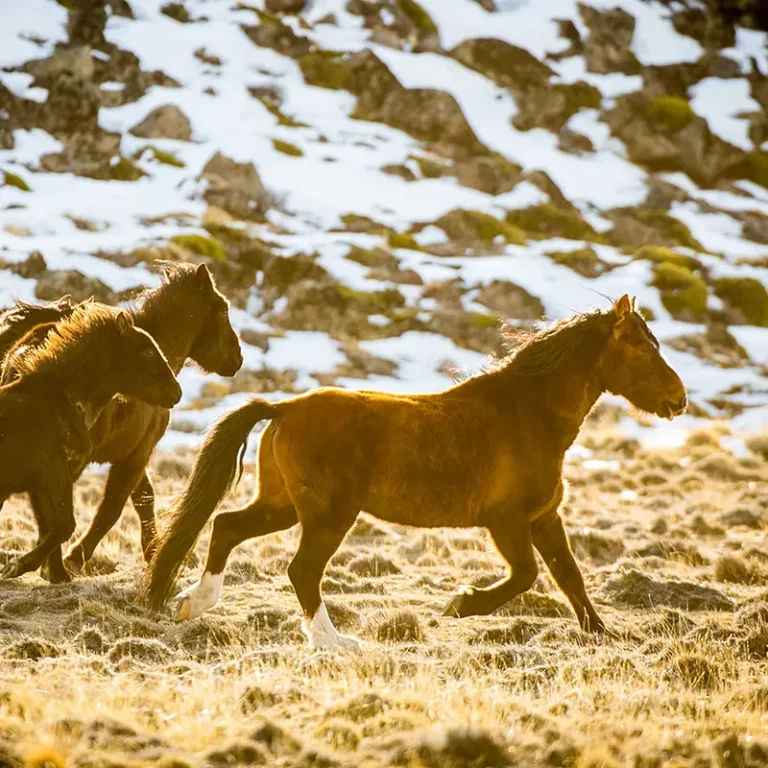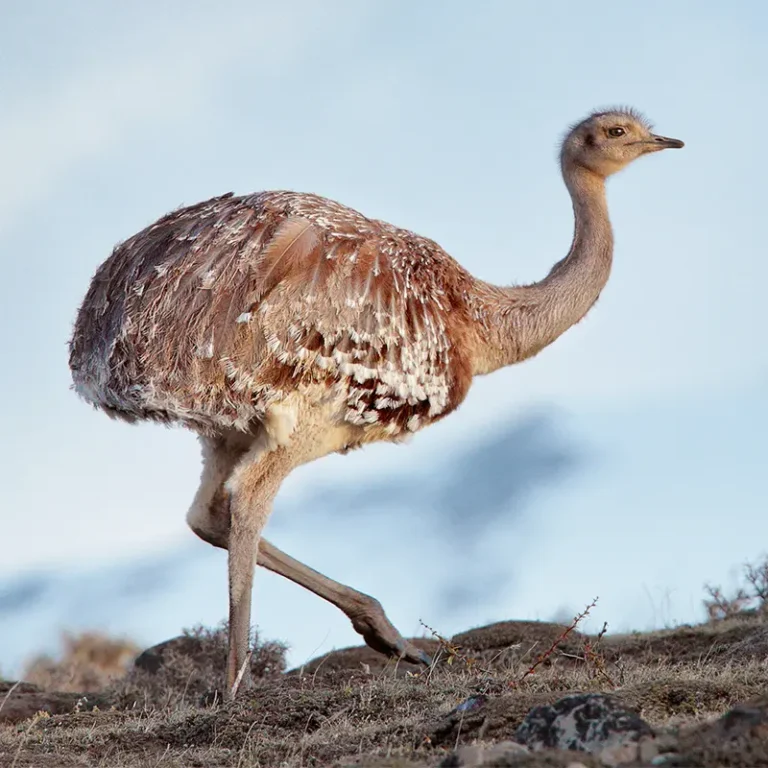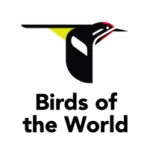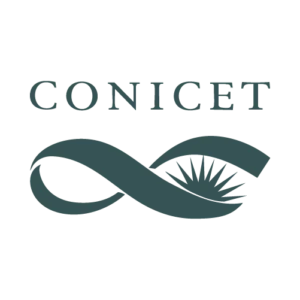Context and objectives
In the steppe and pre-mountain environments of Patagonia, the coexistence between wildlife and productive activities presents increasing challenges. Among them, conflicts related to the presence of large native and exotic herbivores—such as the guanaco, the choique, and the feral horse—have become a key point of tension, especially in landscapes shared with extensive livestock farming.
Since 2018, the Macá Tobiano Foundation has been carrying out a project to monitor populations of guanacos, feral horses, and choiques in the Patagonia National Park and its surroundings, in order to estimate their abundance, spatial distribution, and temporal trends. This work seeks to generate scientific evidence to understand how these species use the landscape, how they interact with natural and productive environments, and what role they play in perceived or real conflicts with livestock farming.
In particular, the guanaco—a native herbivore key to the ecological balance of the steppe—has historically been considered by some livestock sectors as a direct competitor of sheep. However, recent studies suggest that the impact of the guanaco on grass availability is less than commonly attributed to it and that its presence may even favor certain ecological processes, such as soil regeneration or the maintenance of biodiversity corridors.
Likewise, the increase in populations of feral horses in certain protected areas has generated new challenges, by competing with other species for limited resources and altering sensitive ecological processes. For its part, the choique, another native species, faces conservation problems due to habitat loss, poaching, and competition for resources.
The ultimate goal of the project is to generate technical tools for decision-making in wildlife management and provide comprehensive solutions in conflict contexts, considering both the conservation of biodiversity and the socio-productive realities of the territory.
This project is part of the FMT’s Human-Animal Conflict Program, which seeks to promote sustainable forms of coexistence between human communities and native fauna, through applied research, multi-sectoral dialogue, and concrete actions to mitigate conflicts.
Our actions
- For almost a decade, we have worked with producers to understand the conflict between ranchers and large herbivores.
- Our work focuses on understanding fundamental aspects of the populations and biology of these species, in order to generate necessary inputs for the development of actions that favor the coexistence of production with biodiversity.
Protagonists
Habitat and behavior
Our studies are carried out in Patagonian steppe environments and on the high plateaus of Santa Cruz.
Feeding
Large herbivores feed on grasses and vegetation of the steppe.
Reproduction
Large herbivores have different reproductive rates, with their success related to the productivity of the years.
Threats
Due to the loss of productivity of the fields due to overgrazing and climate change, the competition between native herbivores and livestock is increasingly evident. This strains coexistence with local producers.

